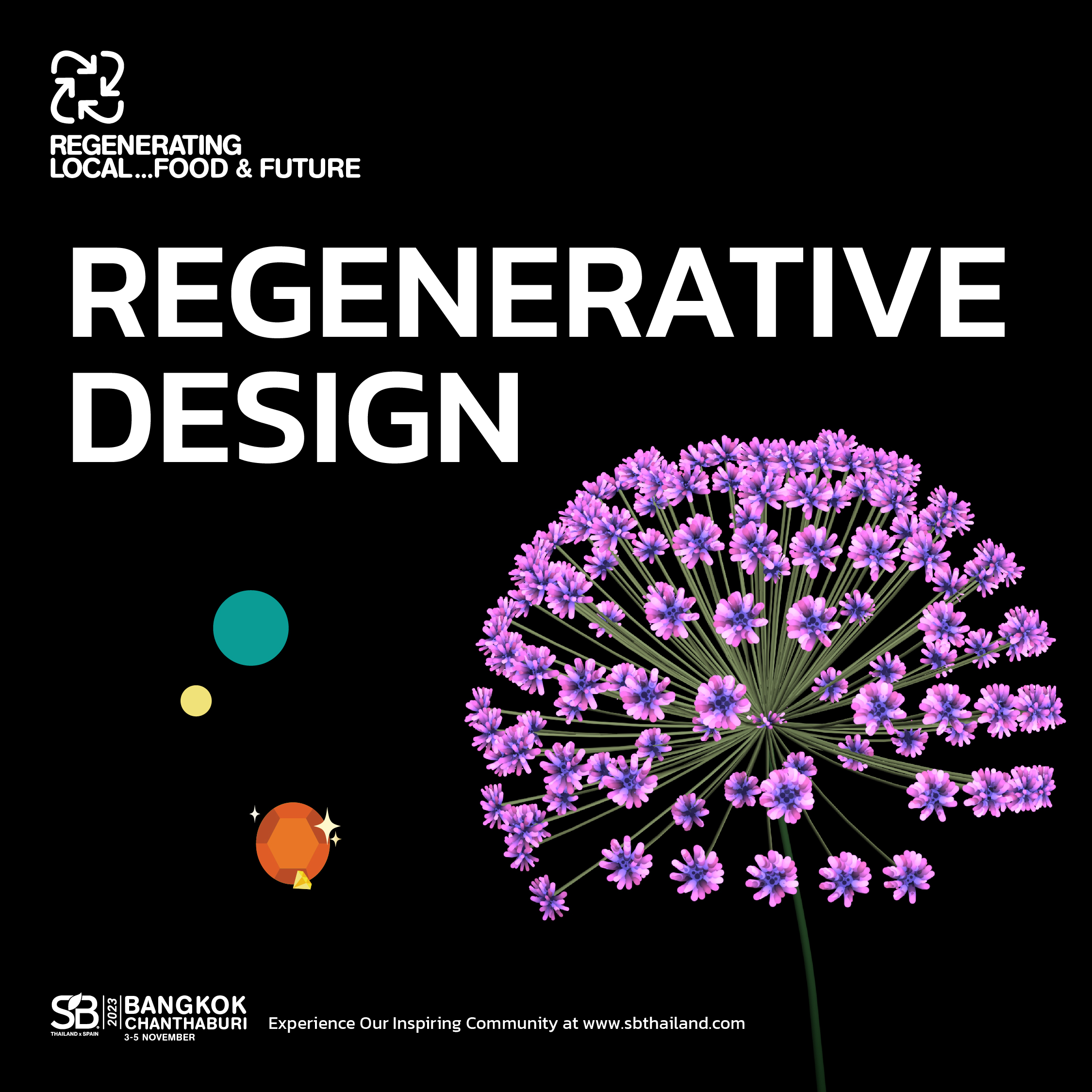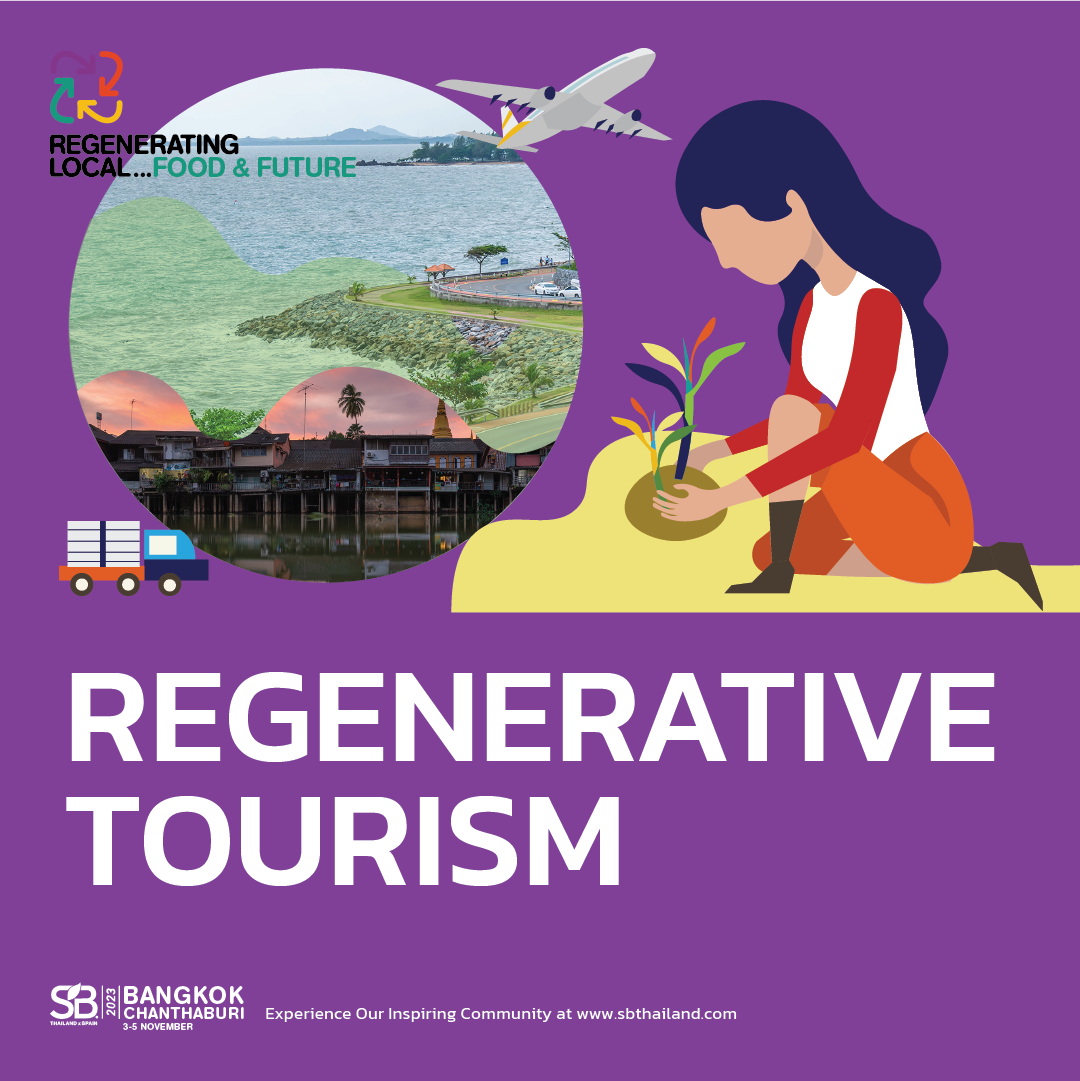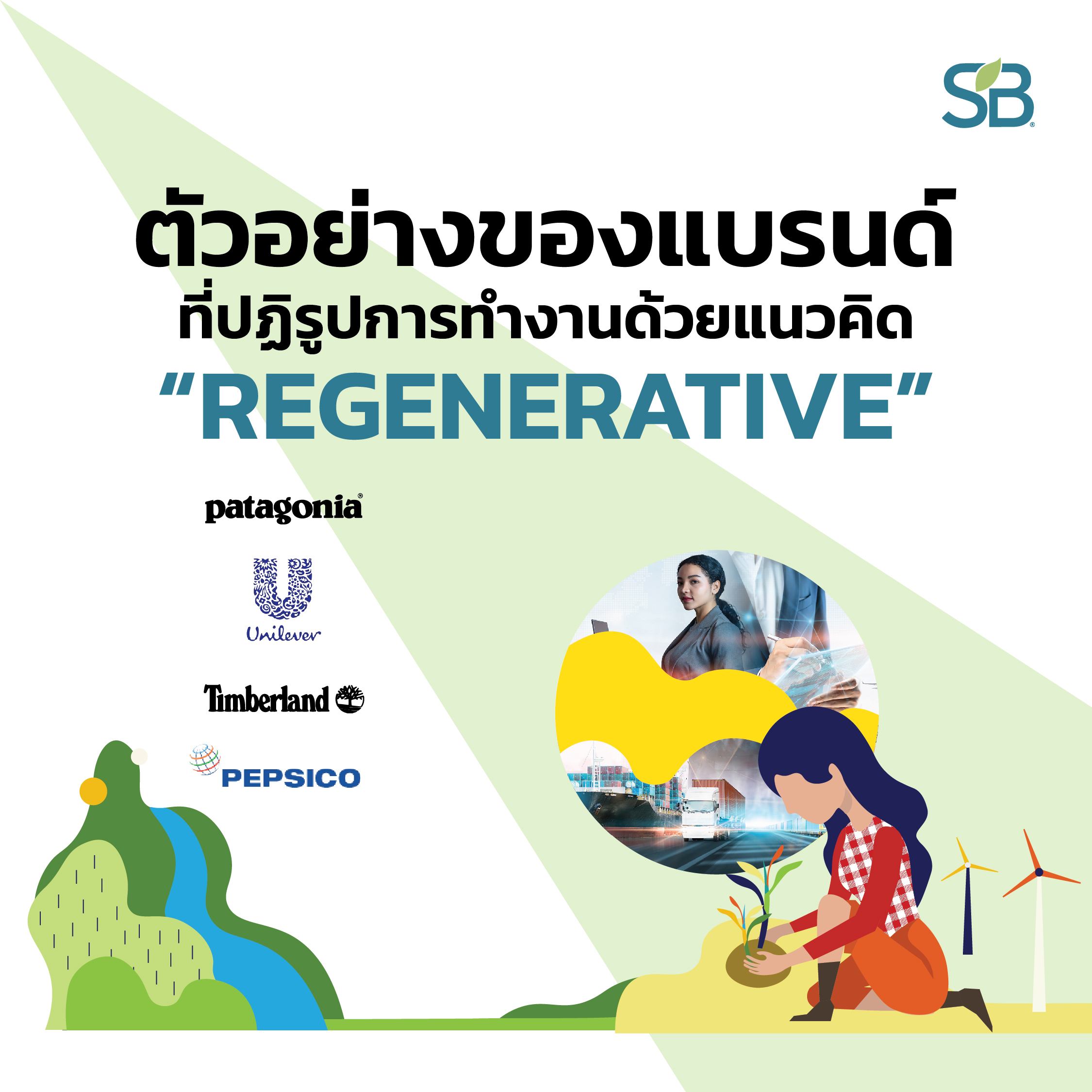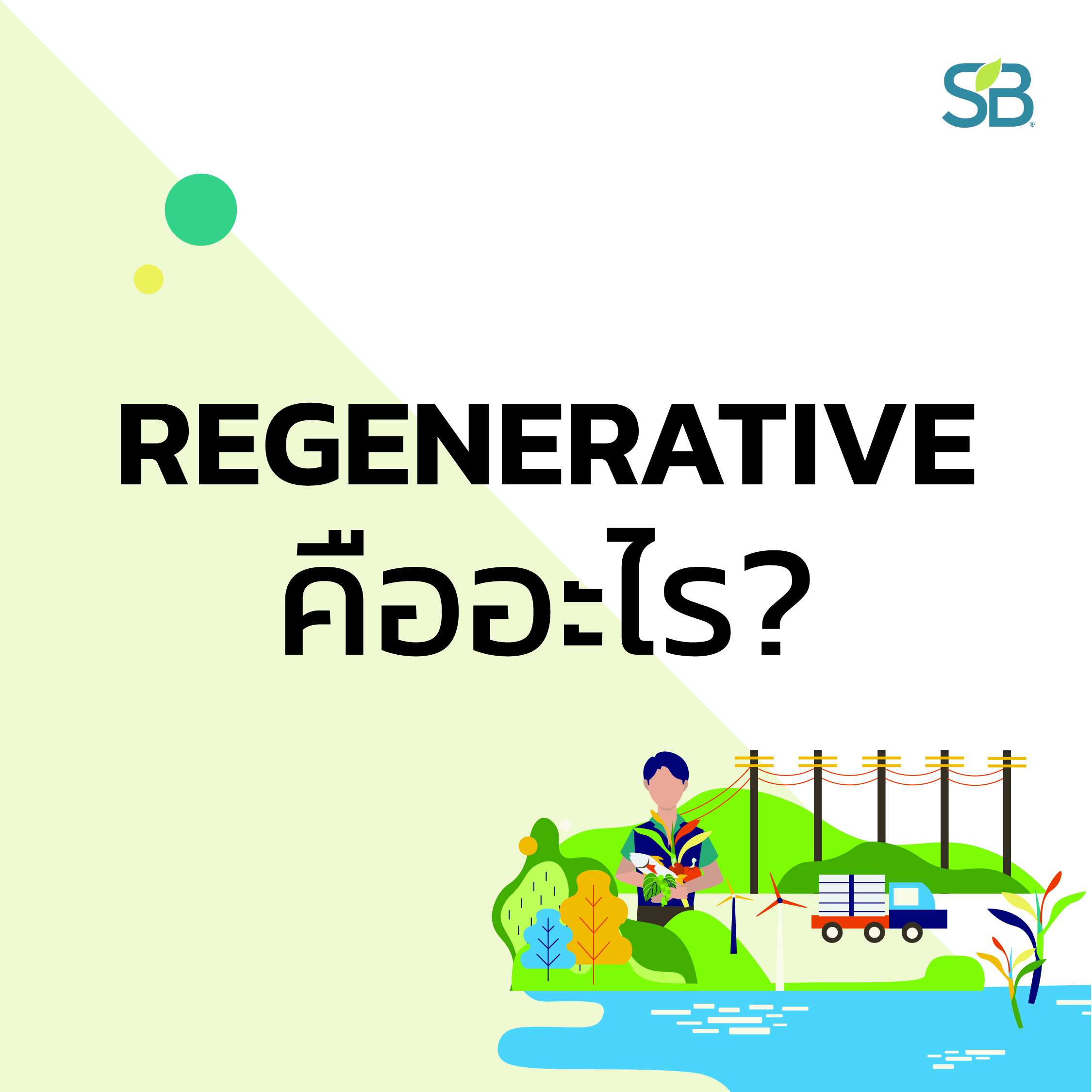The design and architecture industries play a pivotal role in shaping environments that vividly embody sustainability. But today, the drive behind design has evolved beyond just creating sustainable spaces—it’s about safeguarding our environment and optimizing energy usage. Familiar concepts like “ecological design” and “solar-centric architecture” primarily aim to minimize energy consumption, reduce the environmental footprint, employ fewer hazardous chemicals, foster environmentally-friendly interior spaces, and conserve water.
However, in a world with escalating consumption due to rising global progress, merely adopting sustainable design might not suffice. The paradigm has shifted towards “regenerative design,” focusing not just on minimizing environmental harm, but proactively leveraging design and construction to rejuvenate natural systems and human communities.
Sirikhanate Sakulyong, Associate Creative Director at Hatch Duo in California, USA, tell us something about “regenerative design” – Design is inherently about addressing challenges. The study of nature-inspired design, known for over 50 years as “Biomimicry,” has emerged as an innovative approach that solves problems with compassion and a human touch. Just as we observed animals taking refuge in caves and adopted such shelters for ourselves, or noticed the way water beads on a lotus leaf, leading us to develop self-cleaning paints with similar properties, Biomimicry harnesses nature’s wisdom to craft human-centric solutions. By closely observing natural processes and ecosystems, such as the Solar Ivy for energy harnessing, this design principle offers a pathway that aligns with human lifestyles. It leverages nature’s intelligence to innovate, drawing us closer to the natural world than ever before





